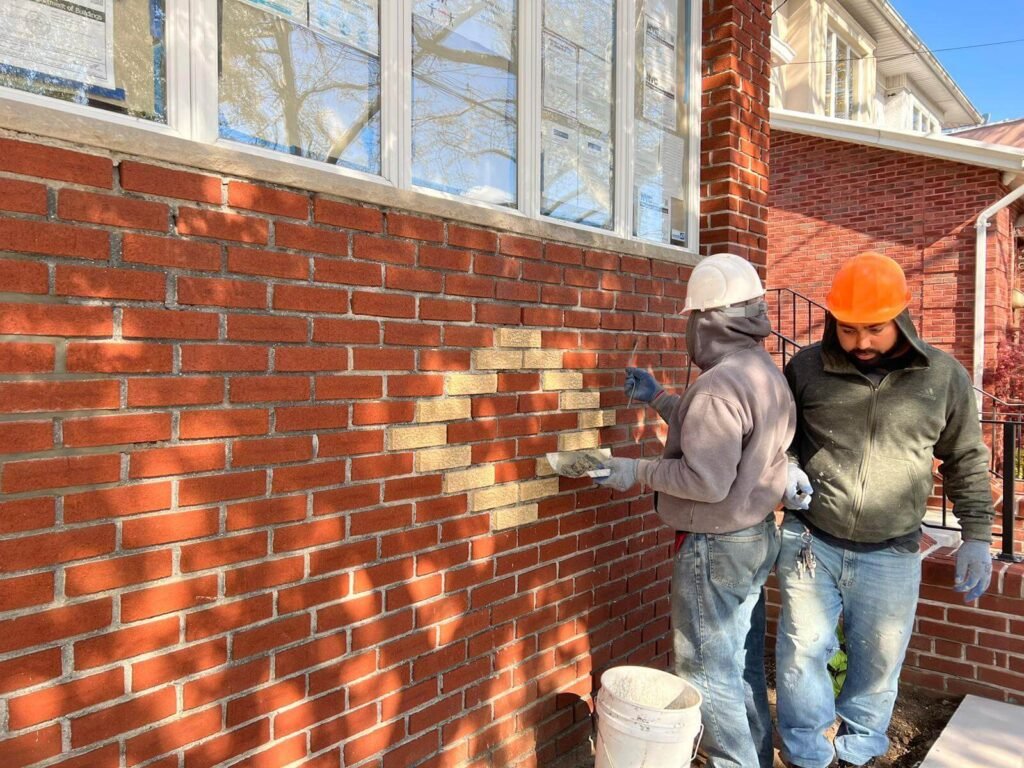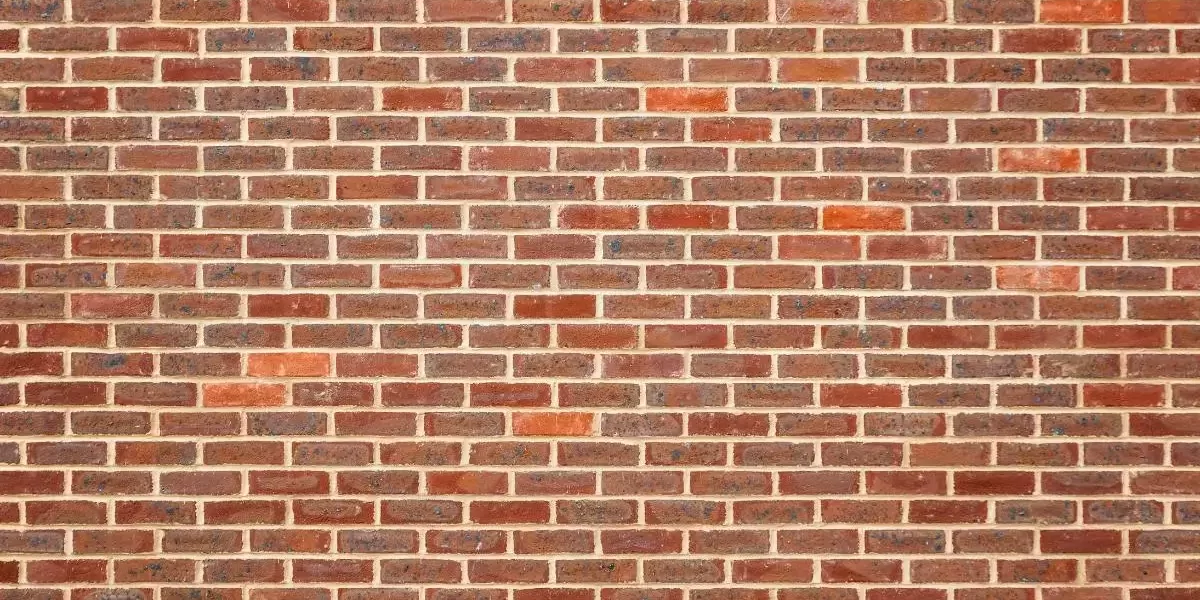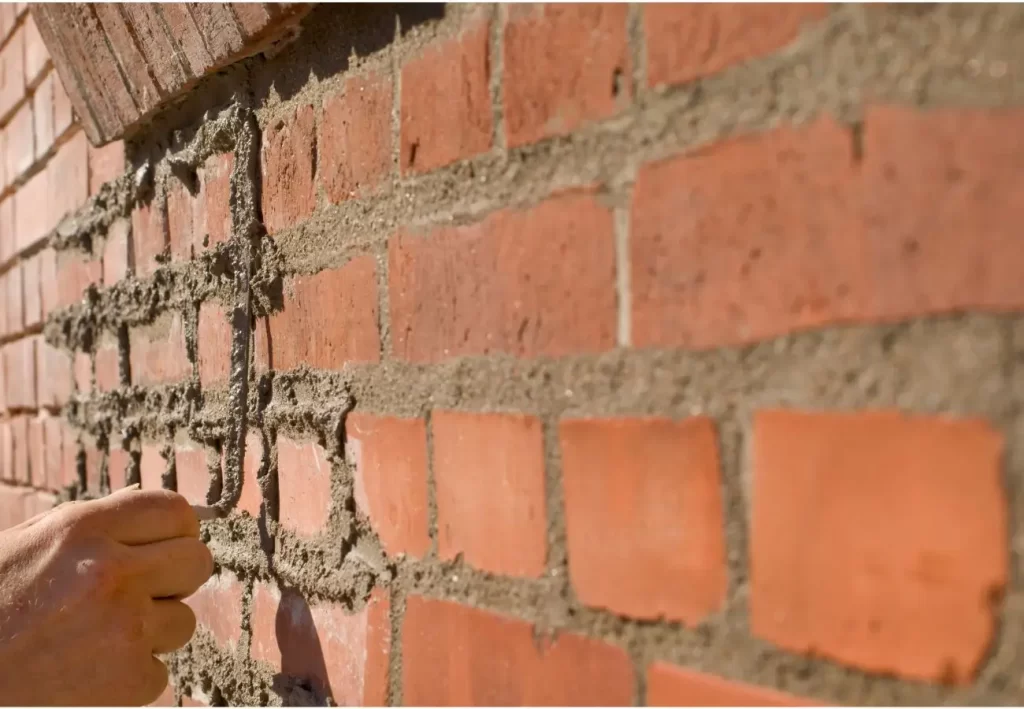The iconic brownstones and brick buildings of New York City face constant challenges from the elements. Over time, the mortar joints that hold those bricks together can crack, crumble, and deteriorate. This not only detracts from the building’s aesthetics but can also lead to water damage and structural issues. When restoration becomes inevitable, property owners are often confronted with the terms ‘tuckpointing’ and ‘repointing’.
Here’s a breakdown of tuckpointing vs repointing to help you decide which approach is best for your NYC brickwork.
Defining Tuckpointing and Repointing
In the dense urban landscape of New York City, the term “brickwork” immediately invokes images of the iconic brownstones and skyscrapers that define its skyline. However, the longevity of these structures relies heavily on the integrity of the mortar between the bricks. Over time, this mortar can deteriorate due to weather, age, or incorrect prior repairs.
Tuckpointing and repointing both refer to repairing the mortar in brickwork. They are often used interchangeably, but they are distinct processes with different purposes and methods. Most property owners come to understand the difference between the two when faced with crumbling mortar and the need for professional intervention. It’s a decision that can significantly impact the building’s look, value, and, ultimately, safety.
What Is Tuckpointing? What is the purpose of tuckpointing?
Tuckpointing is a meticulous process that involves filling in mortar joints with a contrasting color to create the illusion of fine joints. This method is primarily cosmetic, enhancing the appearance of brickwork by giving the impression of tightly packed bricks. In NYC, where aesthetics play a vital role in property value, tuckpointing can refresh the facade of older buildings.
- Function: Combines structural repair with a decorative touch.
- Process: Similar to repointing, but uses two mortar colors. A deeper raked joint is filled with a standard mortar, followed by a thin top layer of mortar that closely matches the color of the brick itself.
- Benefits: Provides structural repair while creating a clean, finished look that enhances the curb appeal of your property. Ideal for historic buildings where maintaining the original aesthetic is crucial.
- Drawbacks: More labor-intensive and requires skilled professionals, leading to a higher cost compared to repointing.
What is Repointing? What is the purpose of repointing?
Repointing, on the other hand, is a more substantial repair technique aimed at replacing deteriorated mortar joints with new mortar. This method addresses structural issues by improving the stability and weatherproofing of brickwork. In NYC, where buildings face exposure to varying weather conditions, repointing is crucial for maintaining the structural integrity of brick facades.
- Function: Focuses primarily on repairing and restoring the structural integrity of the mortar joints.
- Process: Removes deteriorated mortar and replaces it with new mortar, typically matching the existing color.
- Benefits: Essential for addressing cracks, leaks, and preventing further damage. More affordable option compared to tuckpointing.
- Drawbacks: May not enhance the building’s aesthetics as dramatically as tuckpointing.
Understanding the Difference
Tuckpointing, sometimes called ‘tuckpoint masonry,’ is a technique that involves applying a contrasting color of mortar in the mortar joints of brick walls. This creates the illusion of a neat and fine joint, typically less than 1/8 inch wide. Before the aesthetic layer is added, the joints are cut with a specific shape to fit the standard design.
Repointing, on the other hand, is the process of removing the damaged and deteriorating mortar to a certain depth and replacing it with new mortar. The goal here is structural integrity and weatherproofing, not aesthetics. The new mortar is carefully chosen to match the original appearance of the building as closely as possible.
The distinction is critical. Tuckpointing may not always be the best choice, especially if repointing is what’s truly called for. A professional assessment can determine which method is required, but understanding the difference empowers the property owner to make informed decisions.
Tuckpointing vs Repointing in NYC Brickwork
Feature | Repointing | Tuckpointing |
Main Focus | Structural Repair | Structural Repair & Aesthetics |
Process | Remove & replace mortar with matching color | Remove & replace mortar with 2 colors: base coat & top coat matching brick |
Benefits | Addresses cracks, leaks, prevents water damage | Offers structural repair & enhances curb appeal |
Drawbacks | Less emphasis on aesthetics | More labor-intensive, higher cost |
Ideal for | Extensive damage, basic repairs | Historic buildings, cosmetic improvements |
NYC Consideration | May be required by Local Law 11 inspections | Ideal for preserving historic building character |
Signs Your Brickwork Needs Attention
Detecting mortar erosion is the first step in preserving your brickwork. Look for gaps, cracks, or crumbling mortar. If you can insert a knife into a void between the bricks without resistance, your home is likely in need of repair. Other signs include water damage on interior walls, excessive moss or weeds growing from the mortar, or if the brick edges begin to appear loose.
Acknowledging these symptoms and addressing them promptly can not only save your brickwork but also prevent more widespread and expensive damage to your property. In NYC, where water damage from rain and snow is a constant threat, maintaining robust brickwork is paramount.
The Importance of Timely Maintenance
Neglecting the signs that we’ve just discussed can lead to severe structural issues. In a city with densely packed buildings and a rich history of brick architecture, maintaining the structural integrity of your property becomes a joint effort toward the collective safety and beauty of New York’s urban fabric. Timely maintenance can extend the life of your brickwork, ensuring that it remains strong and impermeable to the elements.
The vibrancy of the neighborhoods hinges on the details of their structures. Overlooking the maintenance of your individual property could disrupt the aesthetic and structural continuity that makes NYC unique.
Factors to Consider in NYC
- Local Law 11: Buildings over six stories in NYC require facade inspections every five years. These inspections can identify the need for repointing or tuckpointing.
- Finding Qualified Professionals: Look for experienced and licensed contractors specializing in NYC brickwork restoration.
Choosing Between Tuckpointing and Repointing in NYC
- Severity of Damage: For extensive cracks, loose bricks, and significant water infiltration, repointing is the priority. Tuckpointing can be considered later for cosmetic improvements.
- Building Age and Style: For historic buildings with strict preservation guidelines, tuckpointing might be necessary to maintain the original look.
- Budget: Repointing offers a more budget-friendly solution for basic repairs. Tuckpointing adds aesthetic value but comes at a higher cost.

Cost Comparison
While it’s tempting to view repairs as splashy, or quick cosmetic fixings, the reality isn’t so glamorous. Both tuckpointing and repointing are complex, labor-intensive processes vital for the long-term viability of your property. They require skilled labor, specialty tools, and high-quality materials.
Repointing is generally more expensive than tuckpointing due to the added labor and the depth of mortar removal. However, the long-term impact on the value and safety of your property often justifies the difference in cost. It’s an investment in the overall health of the building, and the cost-benefit should be evaluated over time.
Future Maintenance Tips
After tuckpointing or repointing, regular maintenance is key to preserving the results. Simple practices like inspecting for cracks, cleaning brick surfaces, and addressing minor repairs promptly can extend the lifespan of masonry work. Partnering with reputable masonry restoration services in NYC ensures ongoing care for brick structures.
Hiring the Right Professional
In a city like New York, it’s no surprise that the options for contractors are vast and varied. The right professional for your brickwork will be one with a deep understanding of local materials, techniques, and weather conditions. NY’s unique mixture of harsh winters and humid summers require a tailored approach to brick restoration.
When selecting a contractor, consider their experience, their portfolio, and their communication. They should be able to articulate the needs of your property in the context of the dense, vertical environment of the city. Don’t settle for less when it comes to the face of your building and the investment of your property.
Case Studies
Nothing is more convincing than seeing the before-and-after results firsthand. Real-life case studies can dispel misconceptions and provide reassurance. In NYC, historical buildings have been brought back to life with meticulous tuckpointing and repointing, preserving their character and functionality for generations to come.
It’s inspiring to see the impact such work has on a building’s aesthetic, but more importantly, it’s reaffirming to hear about the structural soundness that has been restored. Every case study reinforces the importance of proper care for brickwork and serves as an example of the tangible benefits.
Conclusion
The brickwork of NYC is more than just a building material; it’s a statement about the city’s historic richness and its commitment to endurance. The distinction between tuckpointing and repointing may seem subtle, but the implications for your property are profound. By understanding the needs of your brickwork and the available remedies, you can make informed decisions that will protect your investment and contribute to the legacy of New York’s architectural narrative.
Maintaining your brickwork in NYC can seem daunting, but the more you learn about it, the more it becomes a part of your city living experience. Remember, your awareness and actions not only affect the face of your building but also contribute to the continued charm and resilience of the city. If you’re unsure about the state of your brickwork, don’t hesitate to contact a professional who can guide you through the process.
Here in New York City, we at Brick Tech Contracting Corp have over 30 years of experience in restoring and maintaining the integrity of historic buildings. Our team of skilled professionals can assess your specific needs and recommend the most appropriate solution, whether it’s repointing or tuckpointing. With Brick Tech Contracting Corp you can ensure the enduring beauty and structural soundness of your NYC property.
Taking pride in where you live goes beyond just the interior. By ensuring the well-being of your building’s facade, you contribute to the continued charm and resilience of the city. So, don’t wait! Contact Brick Tech Contracting Corp. today and take control of your NYC brickwork’s story.









